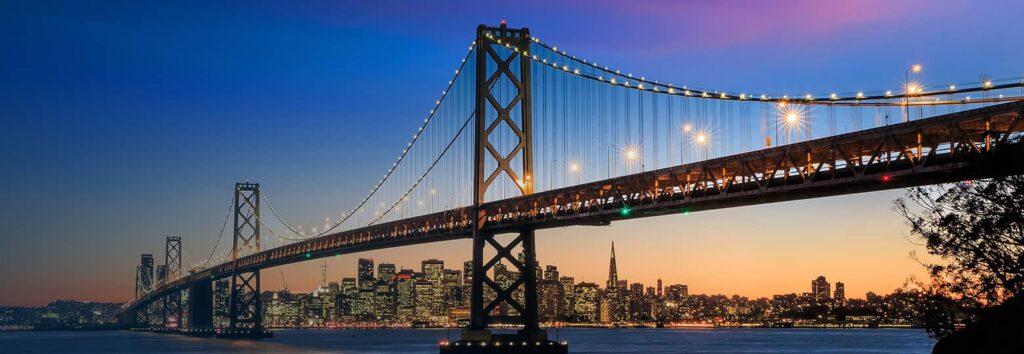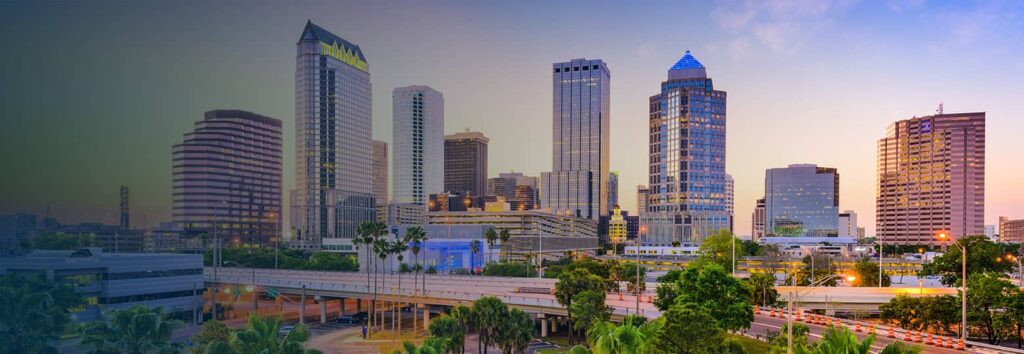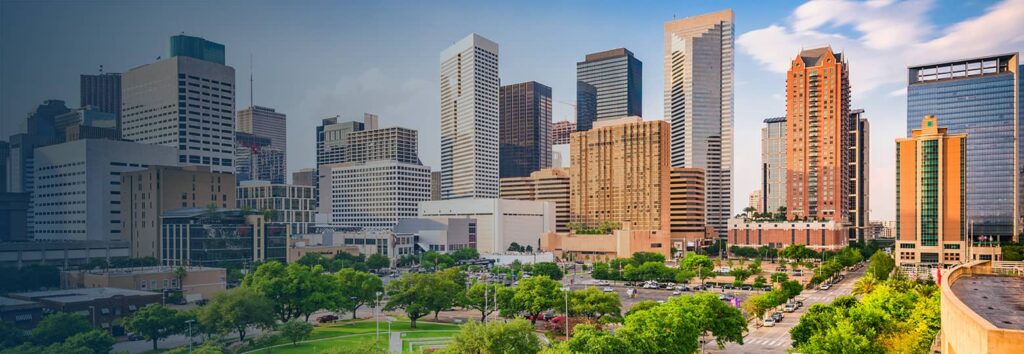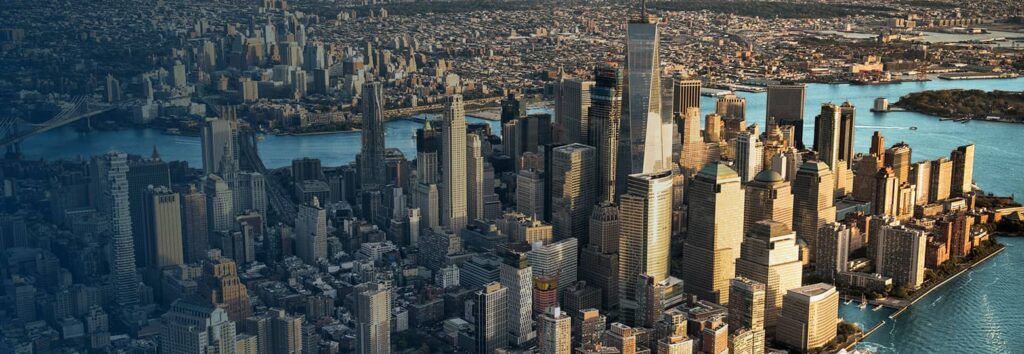NATIONWIDE AUTO SHIPPING - WHERE SPEED & RELIABILITY MEETS THE ROAD
Call 866-390-0354
Select Your Shipping Need Below

What customers say about shipping a car with ShipYourCarNow:
Trustindex verifies that the original source of the review is Google. “Ship Your Car Now” delivered as promised. From Florida to Washington State only took 4 days, from the time of pickup to delivery in Spokane. Gary W was in contact with me throughout the whole process, he made sure I felt at ease and contracted his most reliable partner. 100% would recommend SYCW to anyone.Trustindex verifies that the original source of the review is Google. Car was delivered on time . Driver was friendly. Price was good . And did not changed Luke other's I use in the past. Thank you Gary . *****Trustindex verifies that the original source of the review is Google. EXCELENTE SERVICIO LO RECOMIENDO.Trustindex verifies that the original source of the review is Google. I shipped a friend’s SUV by a simple call to Todd Carlisle. It was picked up on our preferred date with a price below my expectation. The car was delivered to the friend in Chicago 2 days later. The process was very smooth and good.Trustindex verifies that the original source of the review is Google. Thank you Todd Carlisle! And driver: Levan! Car has arrived safely! Highly recommend both of them!Trustindex verifies that the original source of the review is Google. Todd Carlisle did a great job of arranging the transport of our car. This was our first time shipping a vehicle. He explained the process thoroughly and was always available to answer questions. He is friendly, knowledgeable and professional. A neighbor recommended them and had shipped their car multiple times. We look forward to working with Todd in the future.Trustindex verifies that the original source of the review is Google. Outstanding Service and Experience! Wanted to thank and recommend Jason Woesnner and the ShipYourCarNow Customer Service team for the outstanding service they provided on two shipments each way across the US over a 2 week period. The last delivery was tricky as we had a health issue with a member of our family that required us to cancel and reinstate a shipment within a 10 hour period of time over the past weekend. Jason worked the lines double time to make happen and the weekend CS team coordinated details with the carrier. Communications between all parties beyond expectation. Overall, It was a success with a delivery time of less than 3 days - FL to CA. This is your team that makes things happen! Happy holidays - Doug GTrustindex verifies that the original source of the review is Google. It pays to deal with a pro! I delt with Todd Carlisle. After he explianed how things worked, I went with it. Delivered on time by another pro. I couldn't have asked for a better delivery. So, don't mess with the others, THIS is the only way to go. Nice job Todd!Trustindex verifies that the original source of the review is Google. I want to share our experience using Ship Your Car Now and representative Todd Carlisle. After checking with other carriers I talked personally with Todd and he made me feel confident that we had selected the right carrier. It was an easy transaction and the car was picked up and delivered on time without any issues. Todd communicated all along the way. I highly recommend Ship Your Car Now and Todd Carlisle for transport of your vehicle.
Car Shipping Services
Ship with Confidence with ShipYourCarNow
Get a Quote
BOOK YOUR VEHICLE TRANSPORT
Pickup and Delivery
Easy, Quick & Safe Car Shipping Services
-
Step 1
The first step in the car shipping journey is requesting a quote, which sets the stage for a tailored transport plan. -
Step 2
Once you’re comfortable with the quote, the next step is scheduling the pickup and delivery of your vehicle. Booking is straightforward, either online or via a phone call -
Step 3
The final step in the car shipping process is perhaps the most reassuring. As your vehicle embarks on its journey, ShipYourCarNow provides regular updates

Car Transport Provided by ShipYourCarNow
ShipYourCarNow’s seamless services redefine auto shipping, offering a comprehensive solution that prioritizes efficiency, reliability, and customer satisfaction. We take the hassle out of moving your car by providing a range of tailored solutions, including door-to-door delivery and flexible scheduling that fits your needs. At ShipYourCarNow, we understand that your vehicle is more than just a mode of transportation; it’s a valuable asset.
Take the First Step in Car Shipping
Car Transport Provided by ShipYourCarNow
ShipYourCarNow’s seamless services redefine auto shipping, offering a comprehensive solution that prioritizes efficiency, reliability, and customer satisfaction. We take the hassle out of moving your car by providing a range of tailored solutions, including door-to-door delivery and flexible scheduling that fits your needs. At ShipYourCarNow, we understand that your vehicle is more than just a mode of transportation; it’s a valuable asset.
Door-to-Door Shipping
Satisfied Customers
We provide reliable, affordable car transport services and you don’t have take our word for it. We are one of the industry leaders in vehicle transport.
24/7 Customer Service
Claim Assistance
Frequently Asked Questions
Typically, for any transport, we ask for 3-5 days to locate a driver. However, it is common to find a driver more quickly on popular routes.
Yes. We stand by our pricing unless any information you provide when getting your quote changes or is incorrect. Any potential changes in information from what was originally quoted is subject to a pricing review.
We recommend that you do not have any personal belongings inside your vehicle during your transport. Any items left in the vehicle are shipped at your own risk as auto transport insurance does not cover any loss or damage of personal items left in the vehicle during transport. In addition, it is important to know that if your car is packed full of your belongings, a driver has the right to refuse service of the vehicle.
This can vary, but we recommend a week in advance minimum if possible. Our reservations are free to set up with no strings attached, so the more notice, the better.
When you ship your vehicle with us you can rest assured that the carrier assigned to move your car is fully insured and licensed with the FMCSA (Federal Motor Carrier and Safety Administration). You vehicle is covered by the carrier’s insurance policy that is doing the hauling. Depending on the type and size of the trailer being used, the insurance policy can cover from $100,000 to $1,000,000 of damage.
There are several key factors that change the cost of auto shipping including: size and weight of the vehicle, the vehicle’s condition, the transport type you choose, the shipping distance, and overall market variability. Receive an instant car shipping quote when you fill out this form, or call one of our agents to learn the exact cost of shipping.
Typically, for any transport, we ask for 3-5 days to locate a driver. However, it is common to find a driver more quickly on popular routes.
Yes. We stand by our pricing unless any information you provide when getting your quote changes or is incorrect. Any potential changes in information from what was originally quoted is subject to a pricing review.
We recommend that you do not have any personal belongings inside your vehicle during your transport. Any items left in the vehicle are shipped at your own risk as auto transport insurance does not cover any loss or damage of personal items left in the vehicle during transport. In addition, it is important to know that if your car is packed full of your belongings, a driver has the right to refuse service of the vehicle.
This can vary, but we recommend a week in advance minimum if possible. Our reservations are free to set up with no strings attached, so the more notice, the better.
When you ship your vehicle with us you can rest assured that the carrier assigned to move your car is fully insured and licensed with the FMCSA (Federal Motor Carrier and Safety Administration). You vehicle is covered by the carrier’s insurance policy that is doing the hauling. Depending on the type and size of the trailer being used, the insurance policy can cover from $100,000 to $1,000,000 of damage.
There are several key factors that change the cost of auto shipping including: size and weight of the vehicle, the vehicle’s condition, the transport type you choose, the shipping distance, and overall market variability. Receive an instant car shipping quote when you fill out this form, or call one of our agents to learn the exact cost of shipping.
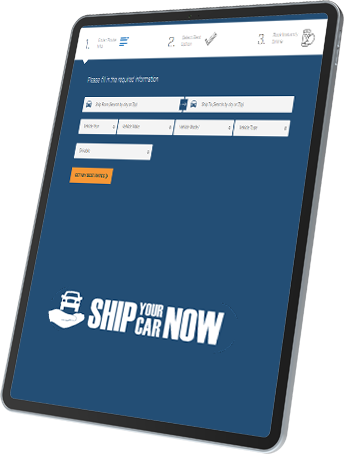
The Industry Leader in Nationwide Car Transport
Looking to ship your car to another state or across the country? ShipYourCarNow ships to all 50 states. Select a state to learn more about local auto transport services.

